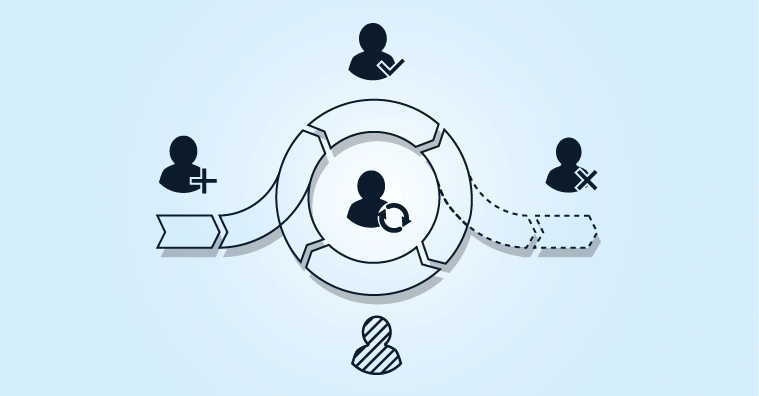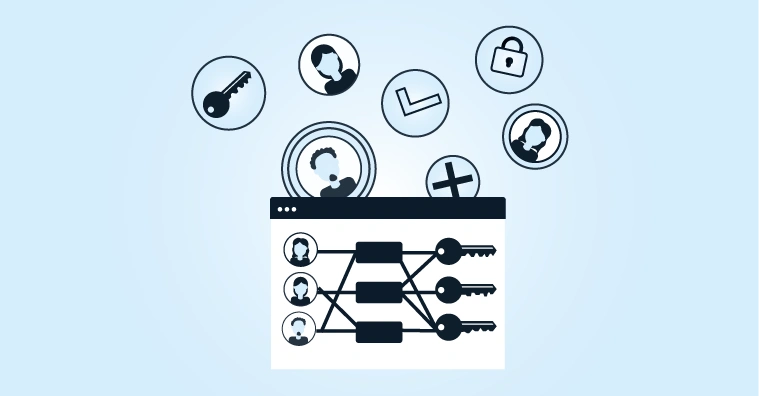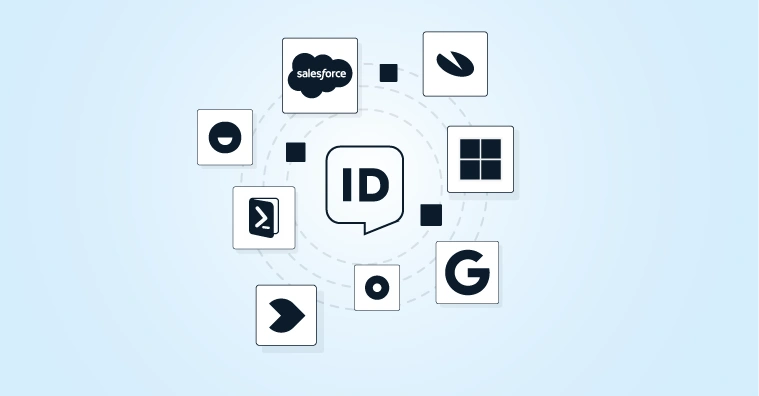USE CASE
Mergers & Acquisitions
Migrate to a comprehensive IAM solution upon the merger of two or more organisations which each have their own IAM solutions.

CHALLENGE
How Do You Quickly Allow Users From Different Partner Organisations to Collaborate?
After a merger, it is often a priority to get the employees of the different partners working together as quickly as possible. This requires them to gain quick access to each other’s systems. Next, depending on the merger plan, the partners work to gradually integrate users into a single uniform account and access management system.
NECESSITIES
Features
HOW IT WORKS
How We Achieve an Integrated IAM in a Merger
7 steps that can each be configured using low-code or no-code solutions
Source system: Integration of HelloID with source systems such as HR, SIS and/or scheduling systems. This way, changes in the source data are automatically available in HelloID.
People: Conversion of data about people/roles from source systems to a common representation within HelloID using an ‘identity vault’.
Business rules: Determining rules that determine which roles are granted which types of accounts and access rights, and under what conditions.
Target systems: Linking HelloID to on-premises and/or cloud-based applications. This can be executed step by step per application.
Service processes: Automating processes, including online approval flows and activation in target systems. This can be carried out step by step for each process.
Access management: Set up access procedures, such as Single Sign-On (SSO) and Multi-Factor Authentication (MFA), in conjunction with — for example — Active Directory.
Reporting and auditing: Configuring standard and client-specific reports and monitoring functions for analysis and audits.






